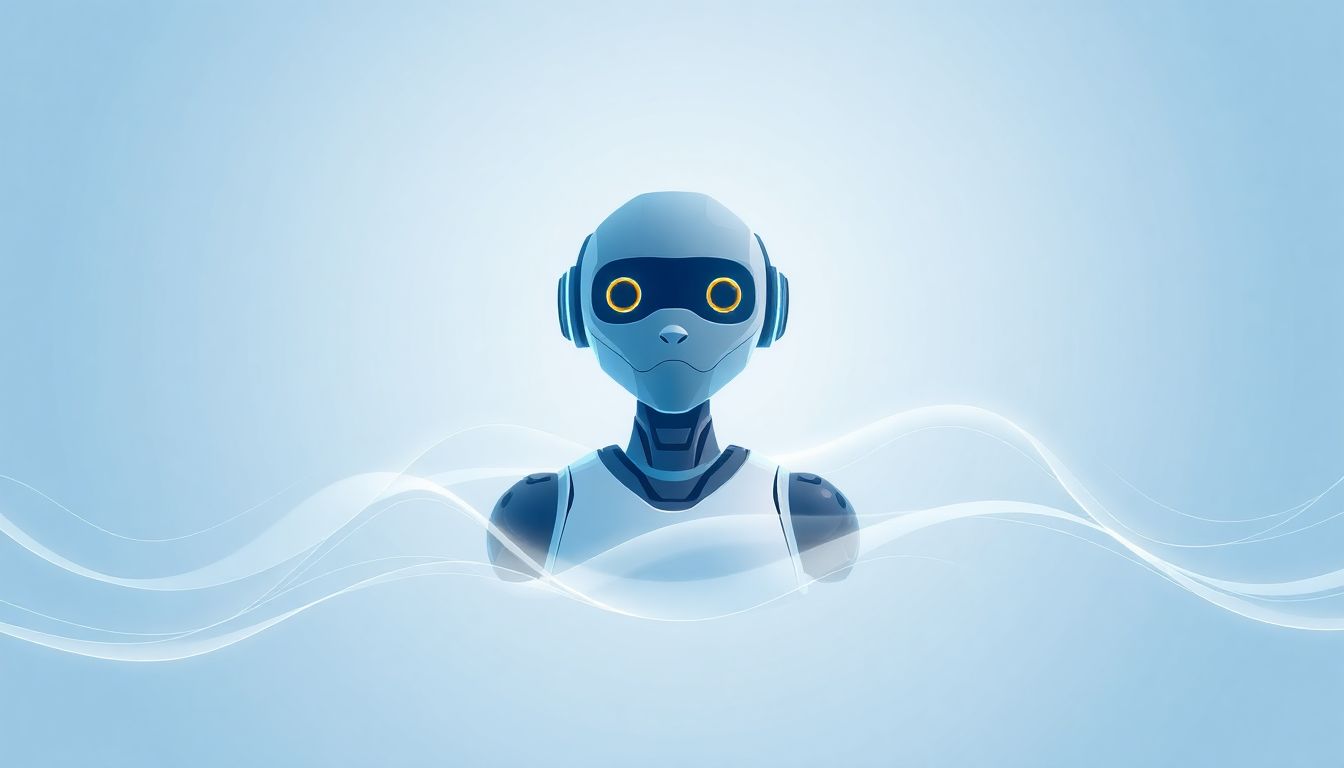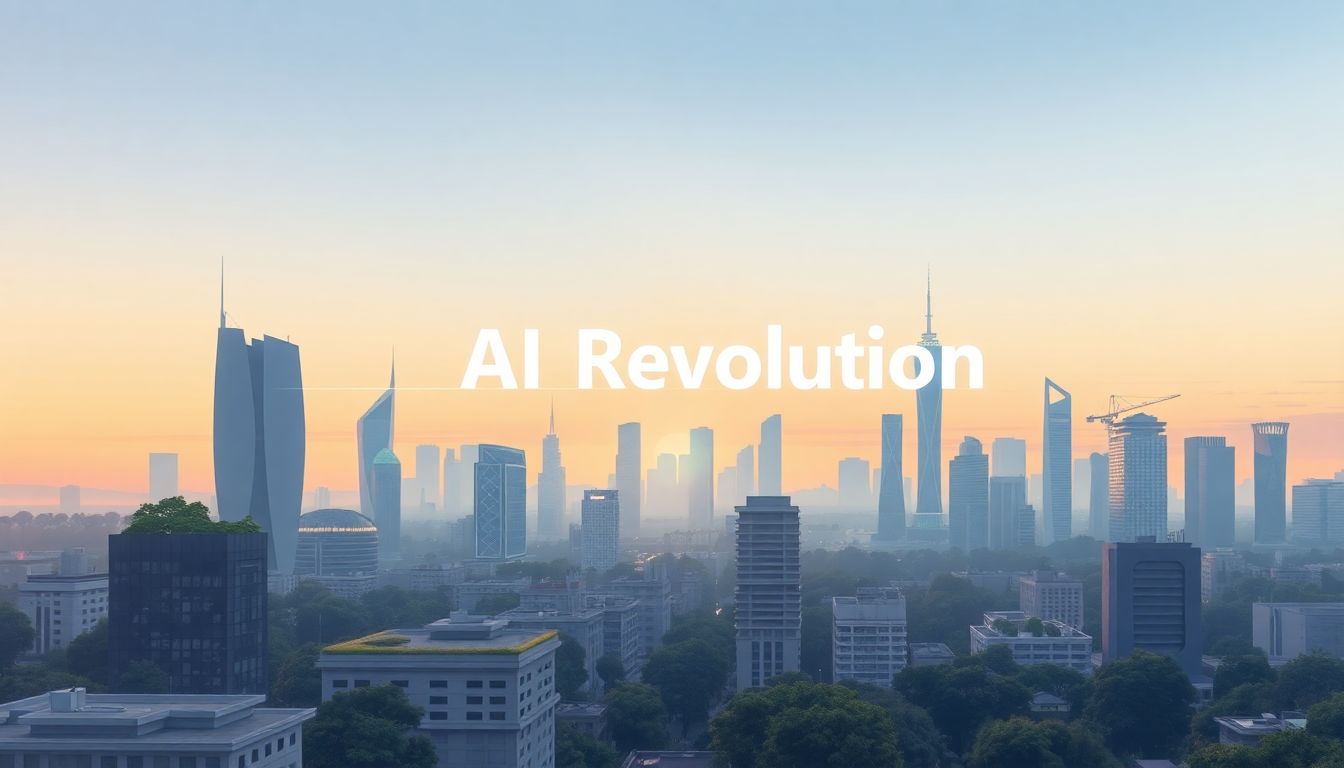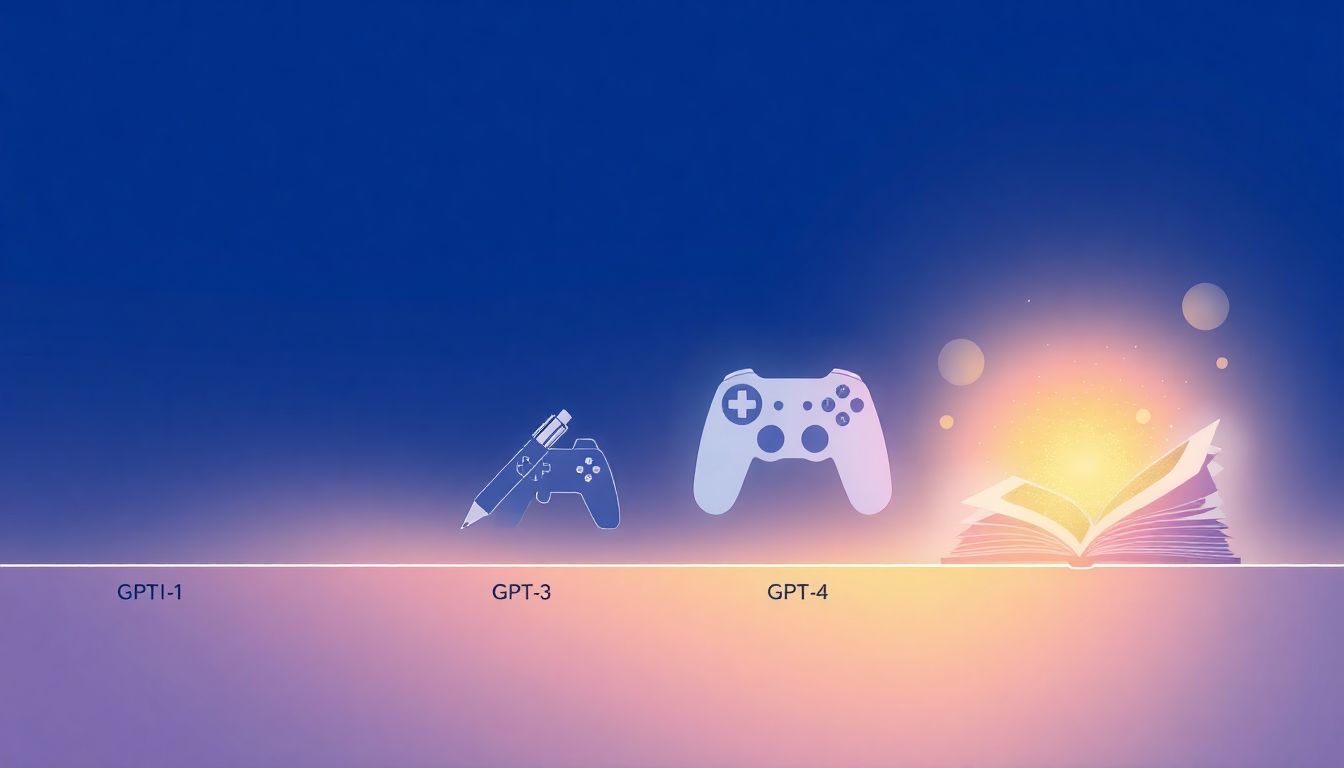If you’ve ever wondered how ChatGPT evolved from its clunky beginnings to the sophisticated AI it is today, you’re not alone. Many of us are curious about the leaps in technology and design that have made these models so powerful and user-friendly. It’s like watching your favorite character grow and develop over several seasons, and there’s so much to unpack!
Stick around, and I’ll break down the journey of ChatGPT through its various iterations—from the original GPT-1 to the groundbreaking GPT-4. By the end, you’ll have a clearer picture of how these advancements impact everything from casual conversations to complex problem-solving.
We’ll dive into the core mechanics of GPT, trace its major milestones, and explore real-world applications. Whether you’re an AI newbie or a tech aficionado, there’s something here for everyone!
Key Takeaways
- ChatGPT evolved from GPT-1 to GPT-4, showcasing significant advancements in language understanding and generation.
- Each version built on the previous one, enhancing coherence, context, and user interactivity.
- GPT-1 introduced the concept of pre-training on large datasets; GPT-2 improved contextual understanding.
- GPT-3 revolutionized NLP with a vast parameter increase, capable of performing a wide range of tasks.
- GPT-4 added multimodal capabilities to handle both text and images, improving reasoning and problem-solving.
- Future iterations like GPT-5 are expected to enhance personalized user interactions and ethical considerations in AI.

The Journey of ChatGPT: Understanding the Shift from GPT-1 to GPT-4
The evolution of ChatGPT represents a significant milestone in artificial intelligence’s journey toward sophisticated language understanding.
From its inception with GPT-1 to the advanced capabilities of GPT-4, each version brought new features and improvements.
Understanding this evolution is key to appreciating how we interact with AI today and the potential for future developments.
This journey highlights the rapid advancements made in natural language processing and machine learning technologies.
What is GPT and How Does It Work?
Generative Pre-trained Transformers (GPT) are cutting-edge AI models designed to generate human-like text based on a given prompt.
At its core, GPT uses a transformer architecture that excels in processing sequences of data, like language.
The model is pre-trained on vast datasets containing text from books, articles, and websites, allowing it to learn grammar, facts, and some level of reasoning.
The GPT algorithm then predicts the next word in a sentence, enabling it to generate coherent and contextually relevant responses.
For practical usage, here are some prompts you can try with ChatGPT:
- “Explain the basics of quantum physics to a 10-year-old.”
- “Generate a list of healthy dinner recipes for a family of four.”
- “Draft a professional email to inquire about a job opportunity.”
Key Features of GPT-1 and Its Impact on AI
GPT-1, released in 2018, marked the beginning of a new era in AI with its fundamental capabilities in generating text.
This first-generation language model laid the groundwork for future models by demonstrating that pre-training on large datasets could lead to improved performance in various applications.
While GPT-1 was groundbreaking, it had limitations, such as its relatively small model size compared to later versions and a tendency to generate less coherent text.
The impact of GPT-1 was profound; it influenced AI research, prompting significant interest in developing more sophisticated models.
It also demonstrated the potential of transformers in handling natural language, paving the way for better architectures.
Advancements in GPT-2: Improved Language Understanding
Launched in early 2019, GPT-2 brought significant improvements over its predecessor, particularly in language understanding and generation.
One of its key features was its expanded training data, which included a more diverse range of texts, enhancing contextual understanding.
GPT-2 could create more coherent and contextually appropriate responses, making it a useful tool for various applications.
However, with enhancement came concerns about ethical usage, leading to debates over the AI’s potential for misuse.
Here’s a list of prompts to test out GPT-2’s advanced capabilities:
- “Write a short story about a cat that learns to speak.”
- “Create a marketing slogan for a new eco-friendly product.”
- “Summarize the key themes of ‘Pride and Prejudice’ in three sentences.”

GPT-3: A Game Changer in Natural Language Processing
GPT-3, released in 2020, is often regarded as a breakthrough in natural language processing due to its impressive size and capabilities.
With 175 billion parameters, it’s substantially larger than its predecessor, allowing for deeper understanding and more nuanced text generation.
This enhanced capacity means GPT-3 can perform tasks ranging from casual conversation to complex content creation with remarkable fluidity.
One notable feature is its ability to complete tasks with minimal examples, using few-shot, one-shot, or zero-shot learning.
For practical prompts, here’s what you can try with GPT-3:
- “Generate a poem in the style of Shakespeare about the sea.”
- “Create a business plan outline for a startup focused on electric bikes.”
- “Draft a detailed itinerary for a week-long trip to Japan.”
- “Summarize the main ideas of ‘The Great Gatsby’ in five bullet points.”
- “List the pros and cons of remote work compared to in-office work.”
What Makes GPT-4 Different and Better?
When it launched in 2023, GPT-4 introduced several key improvements over GPT-3 that raised the bar for AI language models.
One major distinction is its enhanced context understanding, allowing it to engage in more meaningful and less repetitive conversations.
GPT-4 is also multimodal, meaning it can process both text and images, opening doors to numerous creative applications.
Its fine-tuned architecture provides superior reasoning abilities, making it better at solving complex problems and delivering more coherent responses.
If you want to make the most of GPT-4, try these prompts to explore its capabilities:
- “Analyze the symbolism in a specific painting and explain its meaning.”
- “Compose a script for a two-minute video on climate change.”
- “Translate the following text into French: ‘Hello, how are you?’ and explain the translation choices.”
- “Discuss the implications of AI on future job markets in three paragraphs.”
- “Provide a step-by-step guide to starting an indoor herb garden.”
Real-World Applications of Each GPT Version
Each version of GPT has found its niche across various industries, showcasing the versatility of AI language models.
For instance, GPT-1 laid the groundwork for generating simple chatbot responses.
GPT-2 expanded its usage in content creation, enabling more advanced writing assistants and automated article generation.
GPT-3 took it a step further with its API integration, allowing businesses to automate customer service and create tailored marketing content.
With GPT-4, we now see applications in more complex fields such as legal advice generation and educational tutoring, thanks to its improved reasoning capabilities.
Here are some useful prompts for exploring real-world applications of different GPT versions:
- “Create a customer service email response for a complaint about late delivery.”
- “Draft a persuasive argument for renewable energy in the style of a TED Talk.”
- “Outline a lesson plan for teaching high school students about the American Revolution.”
- “Generate a FAQ list for a software product with common user questions.”
- “Write a job description for a social media manager position.”
The Future of ChatGPT and AI Language Models
The future of ChatGPT and AI language models appears bright, with continuous advancements expected in capabilities and applications.
We are likely to see improvements in personalized interactions, allowing AI to cater to individual user preferences.
Moreover, as models become more ethical and responsible, there will be a stronger focus on safety measures to mitigate misuse.
Looking ahead, GPT-5 and future iterations may incorporate deeper cognitive understanding, enabling richer and more accurate interactions.
Here are some future-related prompts that you can consider:
- “Predict how AI will change the healthcare industry in the next 10 years.”
- “Discuss the ethical considerations we must address as AI language models continue to evolve.”
- “Envision the role of AI in education for the year 2030.”
- “What advancements do you think will be prioritized in the next AI development cycle?”
- “List the potential impacts of AI on global communication.”

Real-World Applications of Each GPT Version
Each version of GPT has carved out its own space in the real world, proving how versatile AI language models can be.
GPT-1 was mainly used for basic conversational agents, helping users find straightforward answers to common questions.
With GPT-2, businesses began utilizing it for blog writing, social media content, and even for generating marketing copy.
GPT-3 opened up even more opportunities, with applications in game development, virtual assistants, and even scriptwriting for videos.
As for GPT-4, its advanced reasoning abilities allow it to assist in more complex fields like coding, legal research, and educational tutoring.
To explore real-world applications further, try these prompts with ChatGPT:
- “Draft a marketing email for a new AI tool targeting small businesses.”
- “Create a lesson plan for a middle school science class on renewable energy.”
- “Generate a creative storyline for an interactive video game featuring time travel.”
- “List ten potential uses of AI in healthcare and explain briefly.”
- “Write a cover letter for a software engineering position at a tech startup.”
The Future of ChatGPT and AI Language Models
The future of ChatGPT and AI language models is filled with exciting possibilities and potential improvements.
We can expect developments aimed at creating more personalized user experiences, which will enhance engagement.
There’s also a growing focus on ethical considerations, ensuring that future AI models operate safely and responsibly.
As models evolve, techniques may be introduced to better understand and respect user context and emotions.
Anticipating future iterations like GPT-5, we might see enhanced capabilities in generating even more contextually aware and nuanced responses.
Here are some prompts to think about how AI may evolve:
- “Predict how AI could transform the workforce in the next twenty years.”
- “Discuss the responsibility of AI developers in addressing bias in language models.”
- “Envision a day in the life of a student using AI as a learning assistant in 2030.”
- “What features do you think should be prioritized in the next version of ChatGPT?”
- “Enumerate the potential societal impacts of widespread AI adoption.”
FAQs
GPT-1 laid the foundation for natural language processing, while GPT-4 features enhanced language understanding, improved contextuality, and greater accuracy. The progression reflects significant advancements in training techniques and model architecture over time.
GPT-3 revolutionized AI by introducing a model with 175 billion parameters, enabling it to generate human-like text. Its performance in tasks like translation, summarization, and conversation set new standards in natural language understanding.
GPT-4 provides advanced capabilities in generating creative content, engaging in contextual dialogue, and performing complex tasks such as coding and professional writing, making it more versatile for diverse applications compared to its predecessors.
The future of AI language models like ChatGPT holds immense potential in personalized education, automated content creation, and enhanced customer service solutions, further integrating AI into everyday tasks and decision-making processes.
